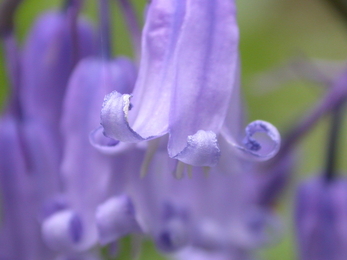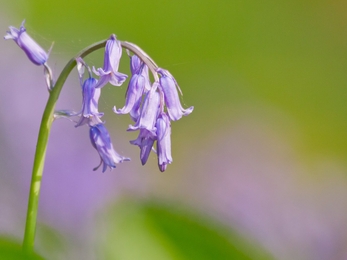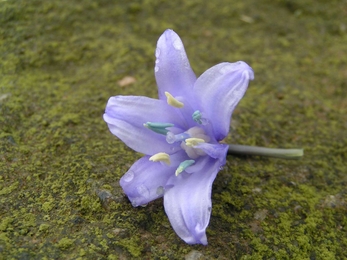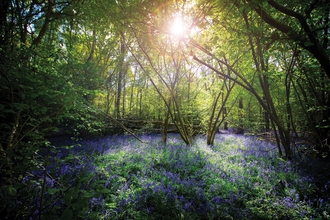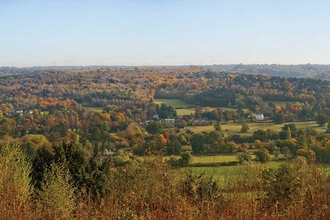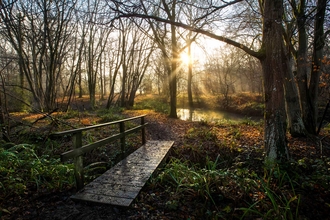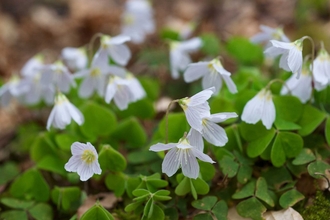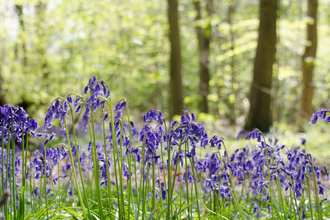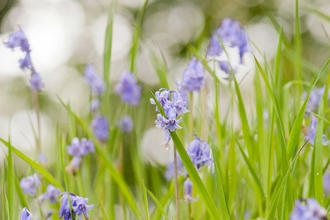It can be argued that the British Isles are the true home of the Bluebell (Hyacinthoides non-scripta) as, although the species is native to the mild, damp reaches of Atlantic Europe, including north-western Spain, Belgium and France, it reaches its highest densities here. Indeed, the UK is home to almost half the world’s population. Although a relatively common sight in Britain, woodland ground flora dominated by bluebells never loses its power to take the breath away.
The Bluebell is widely regarded as Britain’s favourite flower and has been adopted as the symbol of the Botanical Society of the British Isles. It produces a faint honey smell and the colour of its nodding one-sided inflorescence varies from pure white through grey lilac to pale blue or dark cobalt.
This bulbous perennial is extremely well adapted to deciduous woodland. The young shoots can penetrate a thick layer of leaf litter, flowering before the canopy closes in late spring. It is visited by a range of insects, although mainly pollinated by the bumblebee. The Bluebell is included in the list of ancient woodland indicator plants.
Away from woodland, it is commonly found on hedge banks and, in western regions, in more open habitats such as seaside cliffs and pastures. These are sometimes, but not always, relics of former woodlands.
However, these spectacular annual carpets of flowers could be at risk from a foreign invader. The Spanish Bluebell (Hyacinthoides hispanica), a stouter, more upright species, has become widely naturalised from gardens.
Fertile hybrids (Hyacinthoides x massartiana) between the Spanish and the native species are now spreading through the wild. This hybrid is tougher and more adaptable than our delicate native and threatens to wipe it out.
Conservationists are working to stop the spread of both intruders and we can also do our bit by buying only native Bluebells for the garden and not dumping garden waste in the countryside.


